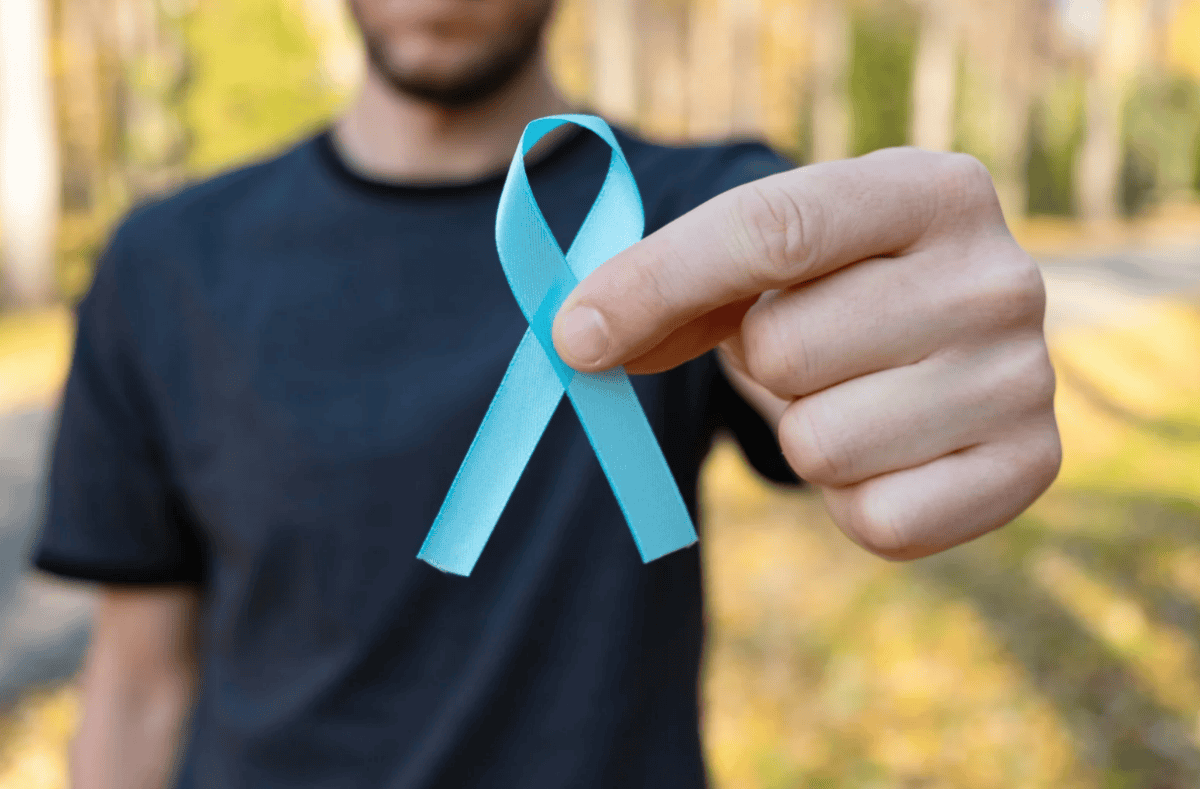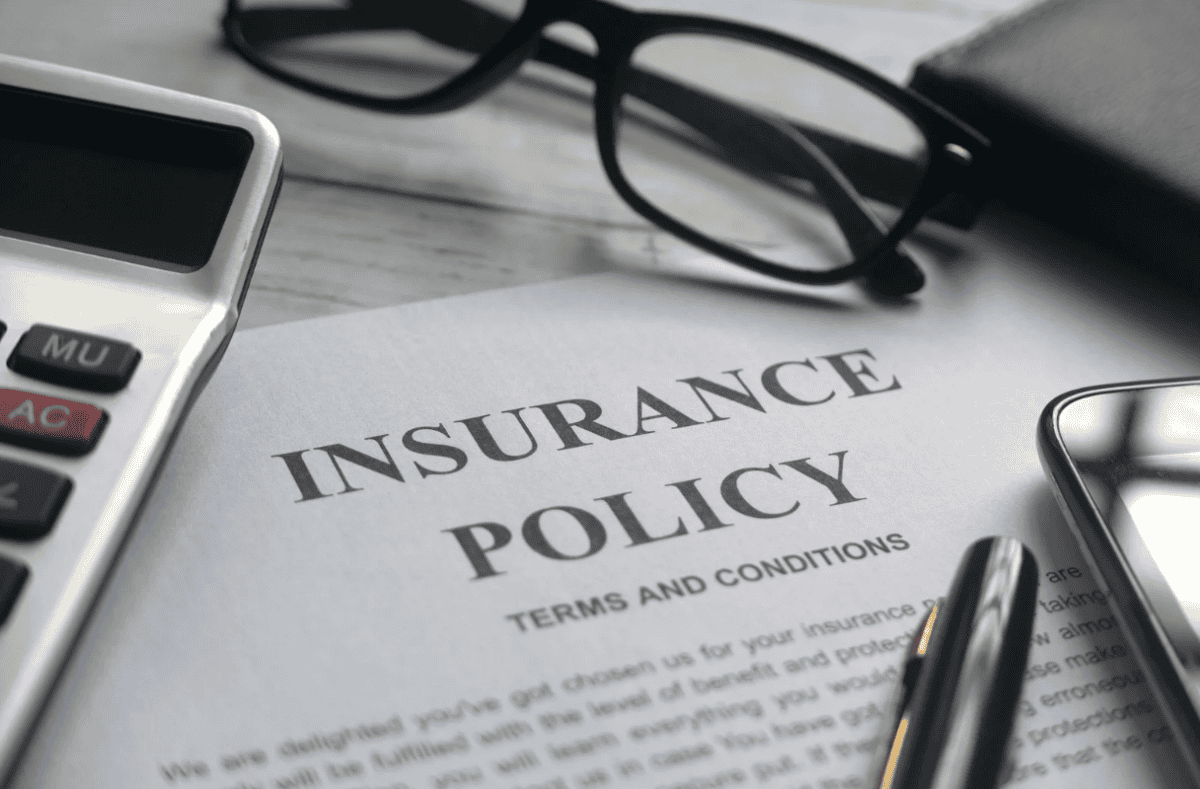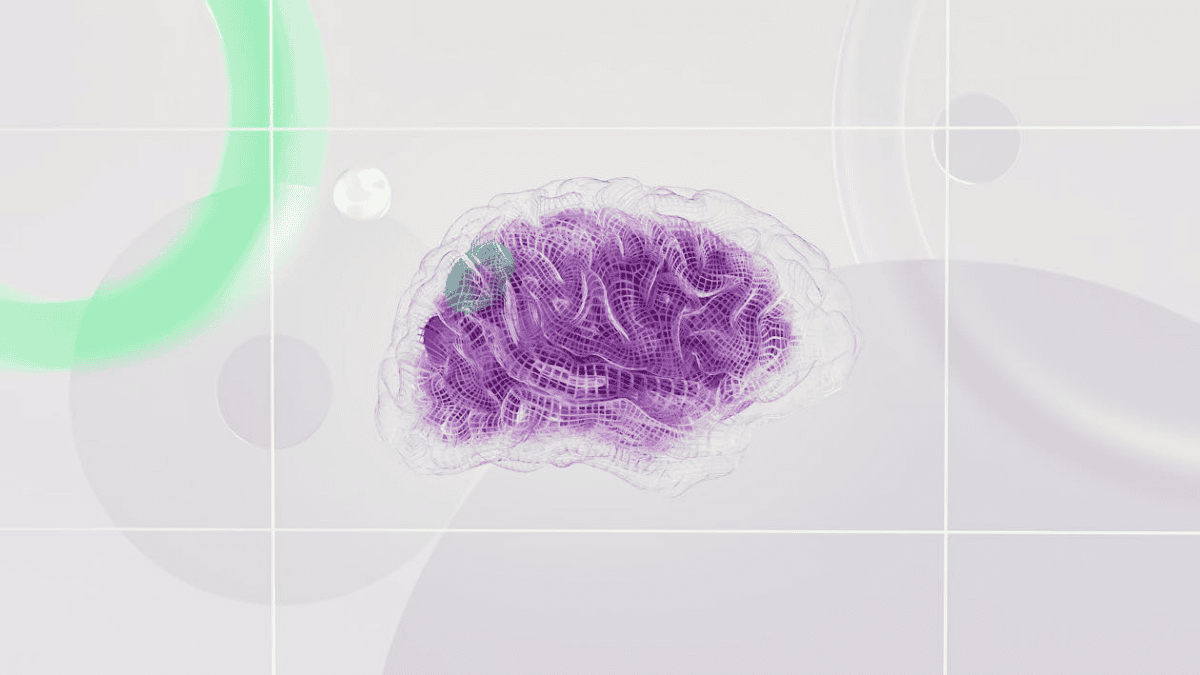We need absorbent yet comfortable incontinence products. Diaper doublers, also called diaper booster pads, are becoming more and more popular. These booster pads help people live normal lives while seamlessly fitting in any incontinence product. When it comes to absorbency and comfort, adult diaper booster pads are revolutionary.
Diaper booster pads can be helpful for those with heavy incontinence or who wish extra protection during sleeping or long trips. This article explores the mechanics behind how adult diaper booster pads improve the comfort and efficacy of incontinence treatment.
What Are Diaper Booster Pads?
Diaper booster pads will help adult diapers or pull-ups absorb more effectively. Unlike incontinence pads, booster pads work together with any adult diaper. Its unique flow-through design allows liquid to run through the pad and into the main garment when it’s full. The wearer can get peace of mind throughout the night without the need to change them.

How Diaper Booster Pads Improve Absorbency
Diaper booster pads add several additional layers to your regular main garment. Apart from increasing the absorbance, these layers are specifically designed to reduce leaks. This is particularly helpful to patients with heavy incontinence since it can carry more liquids.
Diapers or briefs’ absorbency can be doubled by using a booster pad. These pads give dependable protection, so users won’t worry about regular changes.
1. Comfort Benefits of Booster Pads
Comfort is very important when searching for incontinence supplies, so booster pads are perfect. They reduce skin irritation and prevent infections by keeping skin dry for a long time. This improvement alone boosts a patient’s comfort level.
Another significant benefit of booster pads is their unique odor control. A unique blend of materials minimizes odor and helps users feel more confident in social situations. This greatly affects a patient’s confidence, making everyday life much easier.
Booster pads come in various sizes and absorbency levels, making them a perfect fit for everyone. These customization options play a huge role in a patient’s comfort and confidence throughout the day.
2. Cost-Effectiveness of Diaper Booster Pads
Booster pads prolong the life of your primary incontinence garment. Apart from being rather affordable, you will also save money in the long run by extending the use of your main garment.
By using a booster pad, one can reduce the costly frequency of replacement for incontinence products. Using a booster pad will help each diaper or pull-up last longer, which is quite beneficial given the cost of incontinence products.

3. Environmental Benefits
Using diaper booster pads is affordable and environmentally friendly. They reduce waste by cutting the frequency of complete product replacements. Common booster pads are made from biodegradable textiles or sustainable materials. For those who care about the environment, this makes them a more sustainable choice since throwable incontinence products have less impact on the earth.

Choosing the Perfect Booster Pad For Your Needs
When choosing a booster pad, consider its characteristics, absorbency, and size. Make sure the booster pad tightly fits the primary incontinence product to prevent leaks. Many brands include sizing suggestions to help consumers identify the ideal fit.
Users should also choose an absorbency that suits them. Some pads are designed for light leaks, while others have very high absorbance levels. Choosing the optimal size maximizes performance as well as comfort.
Certain booster pads let you keep them in place using a sticky back surface. Those who lead active lives and need to stay in one spot all day will find incontinence products with this characteristic rather handy.
How to Use Diaper Booster Pads
Correct use of booster pads depends on their insertion and regular observation. First, ensure the main incontinence garment doesn’t bunch by placing your booster pads centered. If your booster pads have it, remove the protective layer and gently press the sticky side onto your primary garment.
Maintaining skin health and comfort depends on routinely checking the saturation of the booster pad and your main garment. Replace the pad right away once it is wet to avoid skin irritation.
Frequent pad replacement is essential in maintaining your everyday hygiene. Users should also be alert for any skin irritation or discomfort symptoms since this would suggest that the primary booster pad or garment has to be changed. Some people have to try on many different pads to find the perfect fit, so don’t get discouraged.
To Conclude
Managing incontinence can now easily be accomplished with diaper booster pads. Their comfort and absorption help raise the general quality of life and self-esteem.
Boosters are a cheap and perfect solution for severe incontinence and are a perfect solution for extending the wearability of a leading garment. If you or a loved one have incontinence, a diaper booster pad will help you greatly with daily tasks.






























